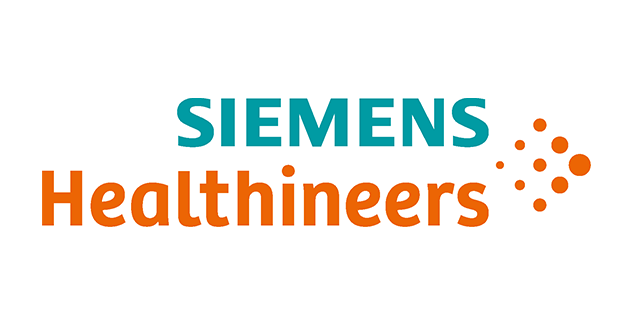Treat Stroke
Treatment options for stroke have been transformed in recent years, saving more lives and reducing disability for those who have access.
Treatment options for stroke have been transformed in recent years, saving more lives and reducing disability for those who have access.
Knowing the signs of stroke and getting treatment quickly saves lives and improves recovery.
All patients with stroke (ischaemic or haemorrhagic) should be admitted to a specialized stroke unit, which involves a designated ward with a specialized team.
Clot-busting drugs break up blood clots. This treatment can be administered up to 4.5 hours of symptom onset in many patients with ischaemic stroke. The earlier it is given, the greater the effect.
Clot retrieval treatment (mechanical thrombectomy) involves removing a blood clot and can improve survival rates and reduce disability for many people with ischaemic stroke caused by large artery blockage.
Rehabilitation starts in the hospital as soon as possible following a stroke. It can improve function and help the survivor regain as much independence as possible over time.
Treatments that prevent another stroke include drugs to lower blood pressure and cholesterol, antiplatelet therapies, anticoagulation for atrial fibrillation, surgery or stenting for selected patients with severe carotid artery narrowing.
Lifestyle changes can also greatly reduce the risk of another stroke. Changes include eating well, being physically active, being tobacco-free, managing stress, and limiting alcohol consumption.

Around the world access to quality stroke treatment is unevenly developed and accessed. Find out more about key treatment issues facing stroke patients.
Find out more
Thrombectomy is a surgical procedure to remove a blood clot from the brain
Find out more Corporate Supporters
Corporate Supporters
 Corporate Supporters
Corporate Supporters
 Platinum Plus
Platinum Plus
 Platinum Plus
Platinum Plus
 Silver
Silver
 Silver
Silver
 Silver
Silver
 Silver
Silver
 Silver
Silver
 Bronze
Bronze
 Bronze
Bronze
 Bronze
Bronze
 Bronze
Bronze
 Bronze
Bronze
 Bronze
Bronze